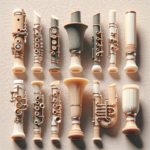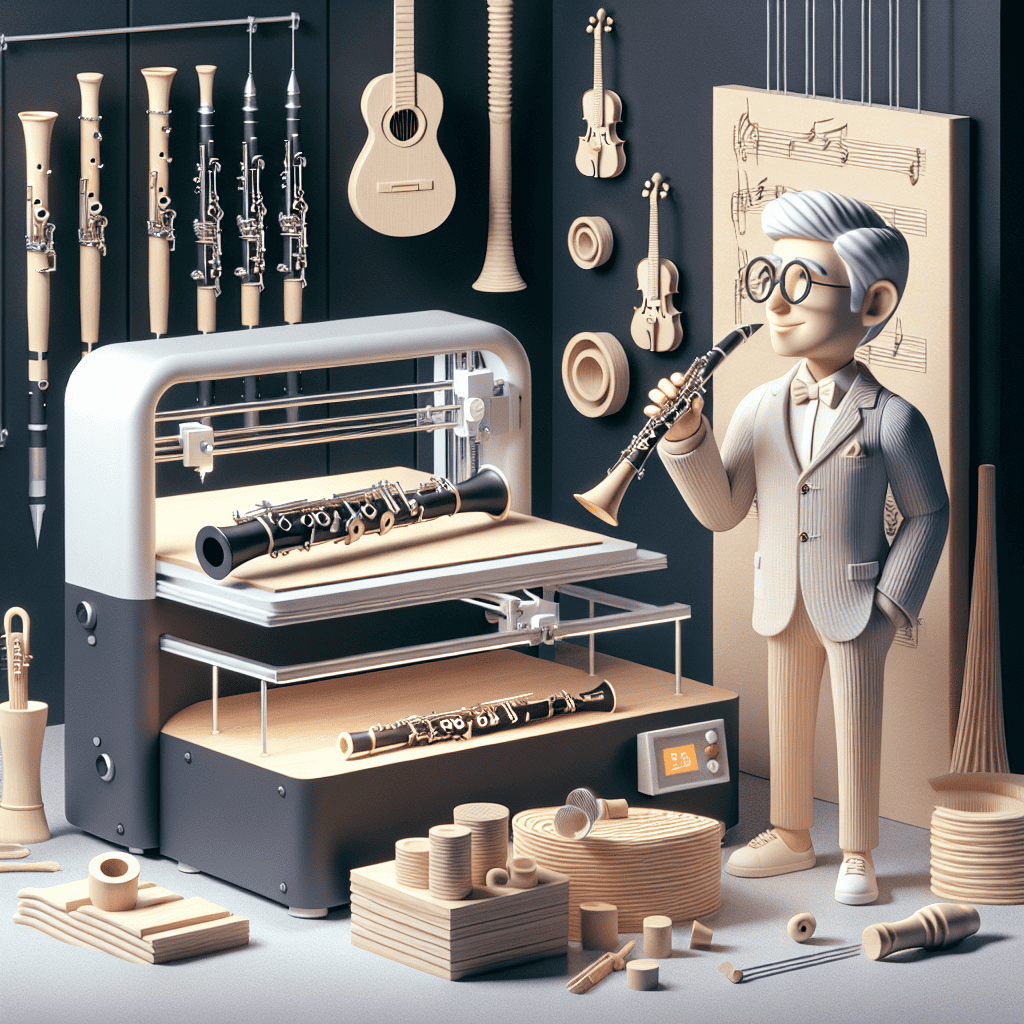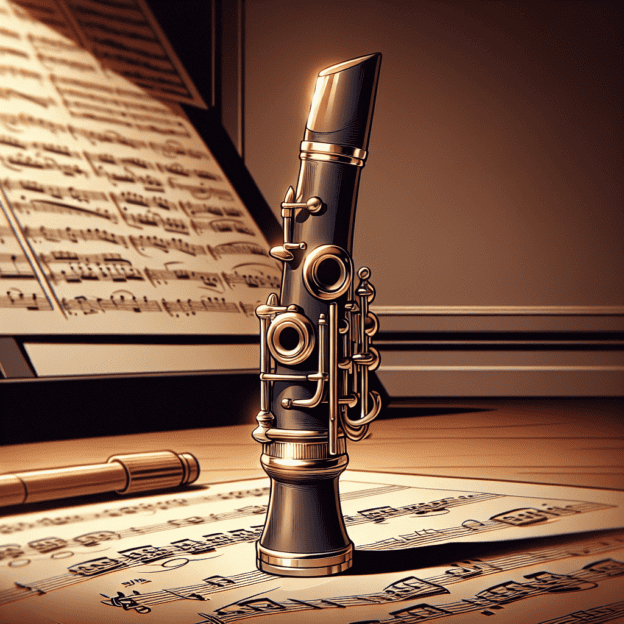Introduction to Clarinet Mouthpiece Materials
The clarinet mouthpiece is a key component that significantly influences the instrument's sound and playability. The material of the mouthpiece is particularly important, as it affects both durability and sound quality. By understanding the various materials used in mouthpiece construction, players can make better decisions about their equipment, which can improve their performance and maintenance practices.
Popular Mouthpiece Materials and Their Characteristics
Let's explore some common mouthpiece materials and what they offer:
Hard Rubber
Hard rubber is a popular choice among clarinetists. It's known for:
- Excellent balance between durability and sound quality
- Aging well over time
- Resistance to wear from frequent use
- Producing a warm, rich tone
Ebonite
Ebonite, a type of hard rubber, is highly regarded for its durability. Its features include:
- Superior resistance to scratches and damage
- Long-lasting quality
- Consistent tonal qualities
- Suitability for both beginners and experienced players
Plastic
Plastic mouthpieces offer versatility and have their own set of advantages:
- Lightweight construction
- More affordable than rubber options
- Resilient in extreme temperatures
- Ideal for outdoor performances
However, some players find that plastic mouthpieces may not match the sound quality of harder materials.
| Material | Durability | Sound Quality | Best For |
|---|---|---|---|
| Hard Rubber | High | Excellent | All-around use |
| Ebonite | Very High | Very Good | Long-term use |
| Plastic | Medium | Good | Outdoor performances |
Custom Mouthpiece Options
For musicians seeking the perfect sound, custom mouthpieces are an option. Professional clarinetists often choose proprietary material blends tailored to their preferences. While these can be more expensive, they offer the potential for a unique sound that matches the player's style.
Mouthpiece Maintenance
Proper maintenance is essential for preserving your mouthpiece, regardless of its material. Here are some tips:
- Clean regularly to remove saliva and reed fiber residue
- Rinse with lukewarm water
- Dry with a soft cloth
- Store properly when not in use
These practices will help maintain the mouthpiece's tone and playability over time.
Reed Compatibility
The material of your mouthpiece can affect which reeds work best with it:
- Hard resin mouthpieces often work well with harder reeds
- Rubber mouthpieces may pair better with softer reeds
Experimenting with different combinations will help you find the perfect match for your playing style and desired sound.
Conclusion
The material of your clarinet mouthpiece plays a significant role in your instrument's sound, comfort, and maintenance needs. Whether you prefer the rich tones of hard rubber, the longevity of ebonite, or the flexibility of plastic, choosing the right material can greatly enhance your playing experience. Remember to consider how your mouthpiece interacts with your entire setup to achieve optimal performance. Finding the right fit is key when it comes to clarinet mouthpieces!







